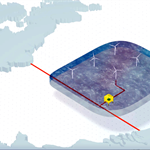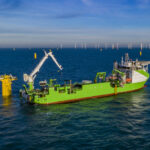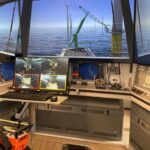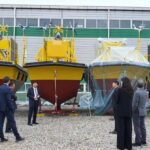GE secures supercomputer access for offshore wind research
Energy Disrupter

GE is using a US government supercomputer to carry out in-depth studies on distinct wind profiles to learn new ways of controlling and operating offshore wind turbines to optimise production.
The US Department of Energy (DOE) has granted the technology giant’s research division access to the Summit supercomputer at Oak Ridge National Laboratory (ORNL) in Tennessee. The supercomputer’s system is as powerful as 70 million iPhone 11s, the ORNL advised.
GE Research will use the supercomputer to study coastal low-level jets, wind features prevalent off the US’ east coast, which are driven by a sharp contrast between higher land temperatures and lower sea temperatures.
The jets produce a distinct wind velocity profile of potential importance to the design and operation of future wind turbines, GE explained.
GE supplied the five turbines to the only operating project in US waters, and has been named preferred supplier for a further 1,220MW of offshore wind capacity off the east coast, according to Windpower Intelligence, the research and data division of Windpower Monthly.
GE Research will work alongside scientists from the National Renewable Energy Laboratory (NREL) and the ORNL to develop new computer software to simulate different atmospheric flow physics.
GE Research aerodynamics engineer Jing Li said: “We’re now able to study wind patterns that span hundreds of metres in height across tens of kilometres of territory down to the resolution of airflow over individual turbine blades.
“You simply couldn’t gather and run experiments on this volume and complexity of data without a supercomputer.”















